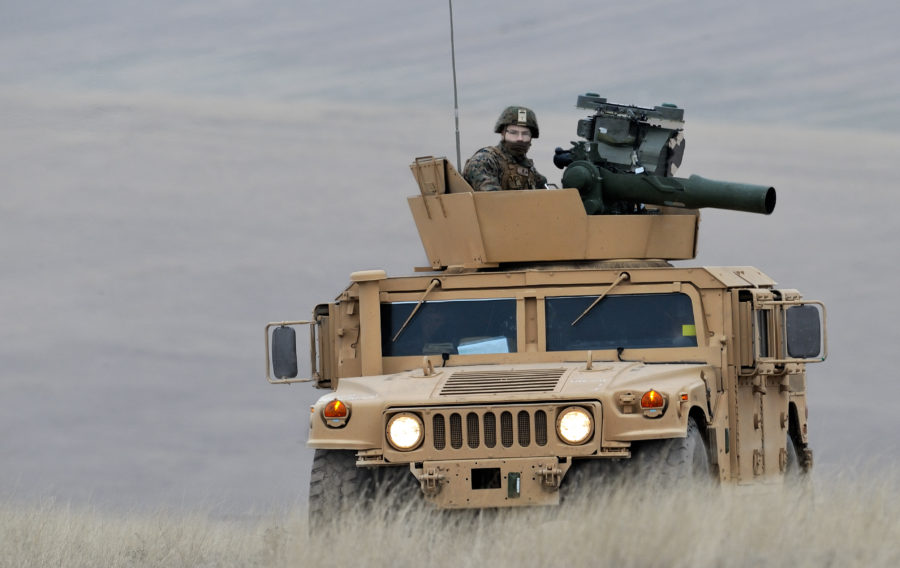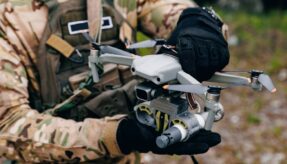
The US Army will explore vehicle platform integration in response to feedback from the front-line calling for military systems to better mimic the ‘look and feel’ of their commercial counterparts.
With user-friendliness in mind, the US Army Project Manager Mission Command will work alongside platform managers, industry experts and the service’s own research and engineering centres to consider how the current range of vehicle-mounted computers can be expanded upon.
The difficulty lies in reducing the hardware’s size, weight and power consumption, or SWaP, in comparison to those used today. Smaller, light tablets could be mounted into platforms, for example, granting soldiers greater mobility on the battlefield. What if military-grade computers could be mounted in vehicles and quickly dismounted when soldiers needed to continue on foot, or vice versa?
Any innovation must adhere to the Mounted Family of Computer Systems, or MFoCS, however; a set of performance standards and specifications that establishes the minimum requirements for computing power, environmental testing, cyber security and commonality of hardware.
“We’re constantly looking at technology to add to the JBC-P family,” said Lieutenant Colonel Shane Sims, Product Manager for Joint Battle Command – Platform, which is assigned to Project Manager Mission Command. “We need new options to align with army priorities of enhanced modernization and improved readiness.”
All systems must pass extensive testing, including road shock, operating and storage temperature, rain, solar radiation, user drop and electromagnetic interference to ensure there are no conflicts with other communications devices.
The military has also proposed a range of initiatives for its emerging systems, including:
- Linking mounted platform data to dismounted soldiers’ devices.
- Embedding cybersecurity architecture to improve force protection against potential adversaries.
- Converging applications with a single tactical, mobile and survivable computer versus multiple systems.
“Soldiers’ mission-command needs change rapidly as they move across the battlefield. Our goal is to deliver capabilities that enable their missions,” Sims concluded.
If you would like to join our community and read more articles like this please click here.







